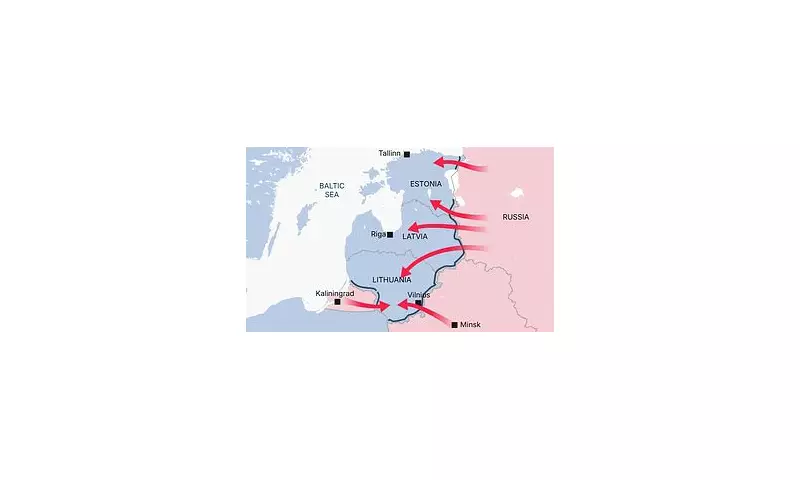
In a decisive move that dramatically reshapes the security landscape of Eastern Europe, Lithuania has unveiled plans for a formidable defensive barrier stretching the length of its borders with Russia and Belarus. This ambitious project, a direct response to the ongoing threat from Moscow, represents one of the most significant fortification efforts in the region since the Cold War.
The comprehensive defence line will incorporate a multi-layered approach to deterrence and defence. Key features, as detailed by Defence Minister Laurynas Kasčiūnas, will include controlled minefields, bridges prepped for demolition to slow an advance, and vast arrays of anti-tank obstacles often referred to as 'dragon's teeth'.
A Barrier Against the Bear
The strategic necessity of the barrier is twofold. It aims to secure the nation's border with the Russian exclave of Kaliningrad—a heavily militarised outpost—and its frontier with Belarus, Moscow's staunch ally which has hosted Russian troops and nuclear weapons. The project is framed not as an act of aggression, but as a essential defensive measure to protect NATO territory.
"The goal is to use the first line of defence to prevent the enemy from moving freely, to stop them from being able to simply drive through in a column of vehicles with a red flag on display," Minister Kasčiūnas stated, underscoring the defensive doctrine behind the plan.
Phased Construction and National Consensus
The construction will proceed in phases, with the first stage focusing on the establishment of the necessary legal framework to permit the deployment of explosive obstacles, a measure currently forbidden by law. The entire project, estimated to cost around £530 million, is expected to be completed by 2030.
The initiative has received broad cross-party support within the Lithuanian parliament (Seimas), highlighting a rare and powerful national unity on matters of security. This consensus underscores the gravity with which the Baltic states view the threat from the East.
The Wider Baltic Context
Lithuania's bold step is not an isolated act. It reflects a broader regional shift towards total defence and territorial fortification. Neighbouring Latvia is exploring similar defensive lines, while Poland and Finland have embarked on their own extensive border security and fortification programmes. This collective action signals a new, hardened reality on NATO's eastern flank, where nations are taking unprecedented steps to ensure their sovereignty is unbreachable.
The message from Vilnius is clear: the era of relying solely on diplomatic deterrence is over. The physical landscape of the Baltic borders is now being fundamentally altered to meet the challenges of a new and dangerous geopolitical era.





